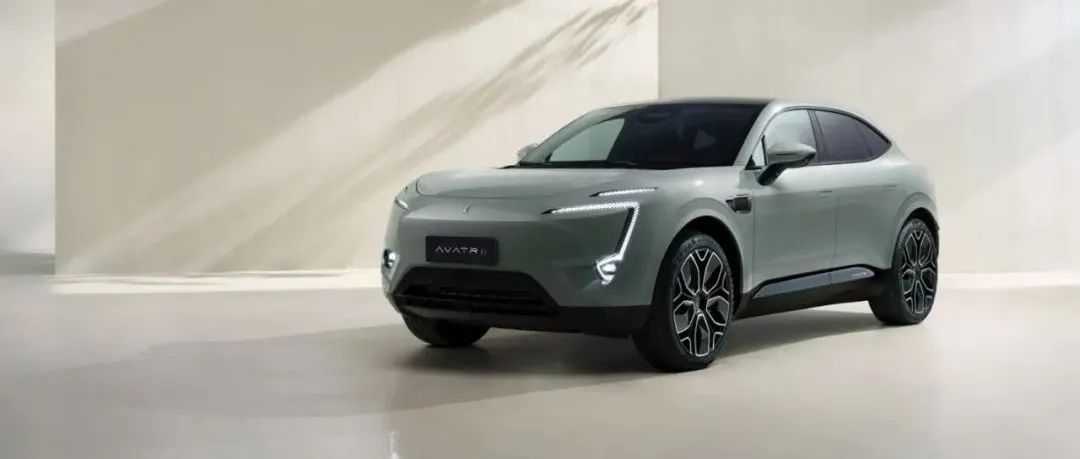Jia Haonan from Vice Driver Temple
Intelligent Car Reference | Official Account AI4Auto
“Great!” – Zeng Yuqun, Chairman of CATL.
“Pretty good!” – Xu Zhijun, Rotating Chairman of Huawei.
“Good!” – Zhu Huarong, Chief Executive of Changan Automobile.
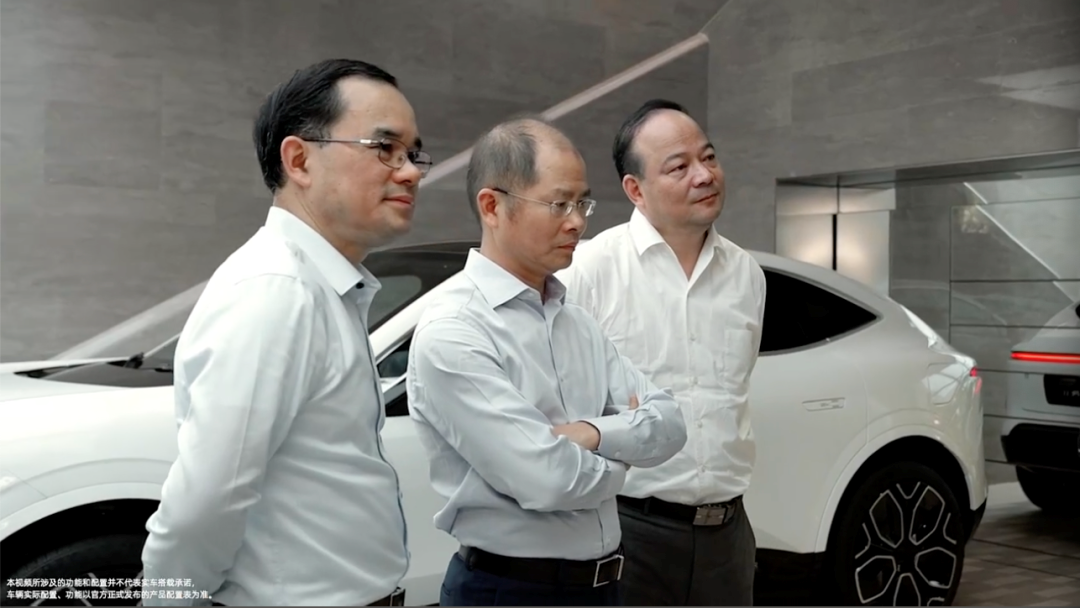
What kind of car could make these three industry titans speechless except for saying “Great!”?
Avita 11, the new high-end intelligent pure electric brand jointly launched by Changan Automobile, CATL, and Huawei.
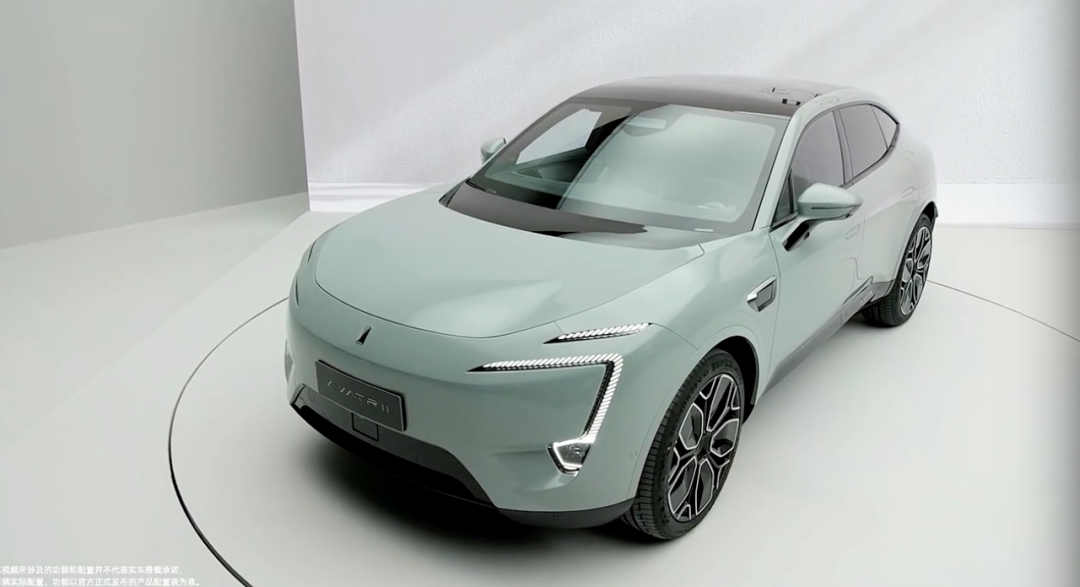
Avita 11 is not unfamiliar. It was showcased at the Chongqing Auto Show and was also endorsed by these three honored guests. Its configurations and selling points are already widely known.
So far, this car boasts the highest level of intelligence among all electric vehicles, covering the areas of intelligent cockpit, intelligent driving, electrical control, and underlying architecture, etc. which are fully supported by Huawei.
Today, the official selling price was announced:
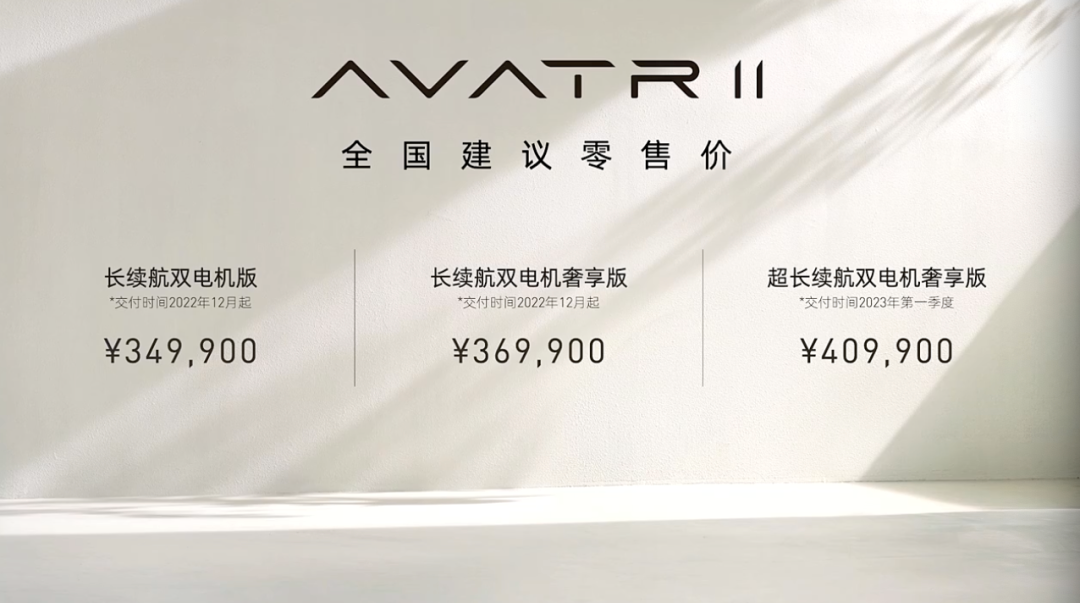
CNY 349,900 – 409,900, with a special edition collaboration with Givenchy worth CNY 600,000:
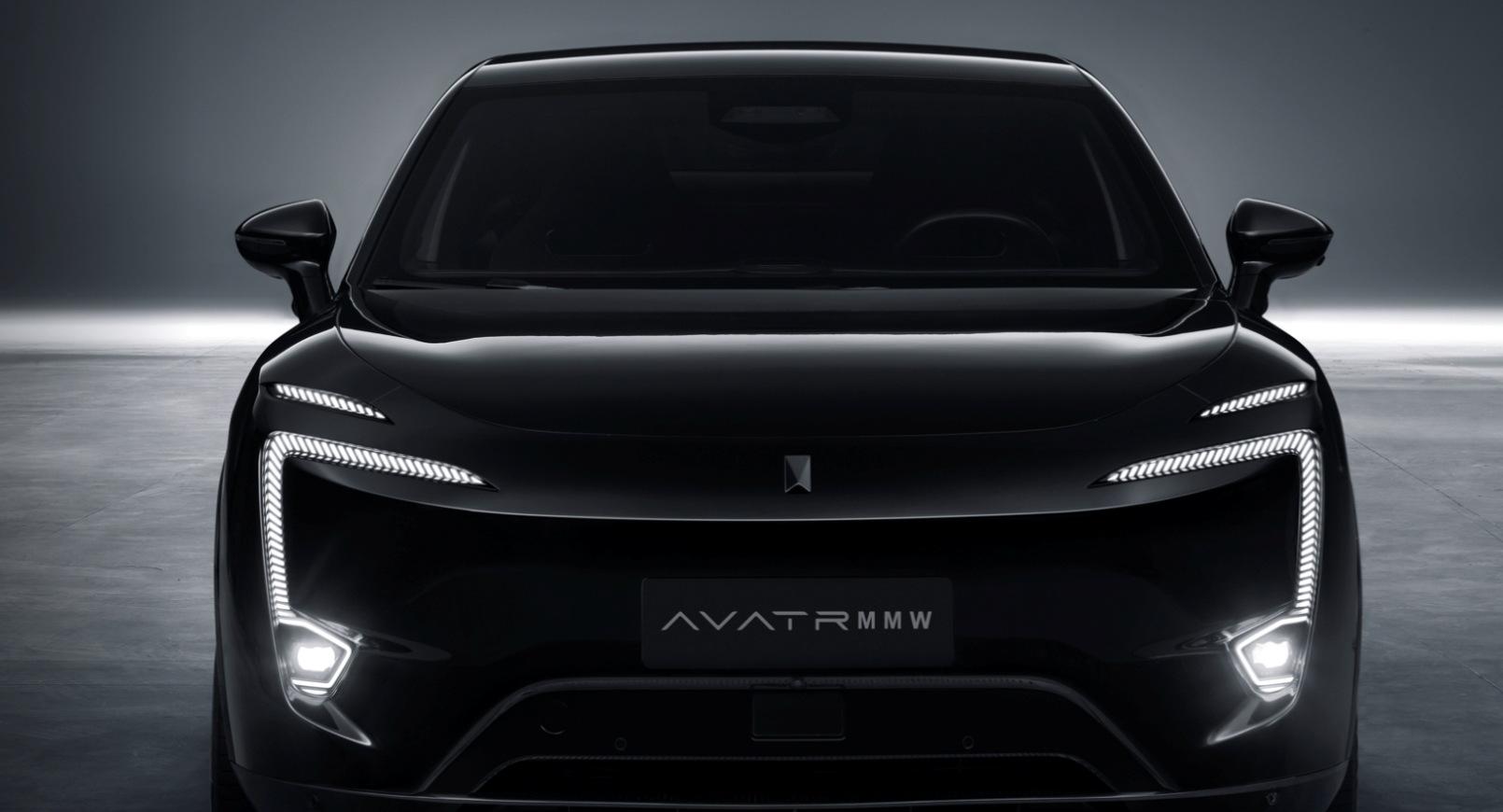
At a maximum price of CNY 600,000, the Avita 11 has become the most expensive “Huawei branded” car.
What can you expect from a CNY 350,000 car? A quick review of Avita 11
The configuration and selling points of Avita 11 have been introduced in detail before. You can click here to review.
Let’s have a quick look again.
The car belongs to the mid-size SUV category, with a length, width, and height of 4880/1970/1601 mm, respectively, and a wheelbase of 2975 mm.

The wheelbase of Avita 11 is the same as the imported BMW X5, but the car body is shorter and more flexible, which is a natural advantage of pure electric platforms.
In terms of styling, there is a close relationship between Avita 11 and BMW. The Chief Designer, Nader Faghihzadeh, worked at BMW for more than 20 years and was in charge of the exterior and interior design of the 6 and 7 Series.In terms of power and range, it is compatible with multiple capacity battery packs ranging from 90kWh to 135kWh, with a charging voltage range of 400V to 750V, and can increase the range by 200km in just 10 minutes of charging.
Here, the Avita also played a little trick of “medium cup and large cup”. The minimum range is called “long range”, and it comes standard with a 90kWh NCM ternary lithium battery from CATL, with a CLTC range of 555km.
The “large cup” has an ultra-long range of 680km, equipped with a 116kWh battery pack.
There is also a “super large cup” limited edition priced at 600,000 yuan, with a range of over 700km.
The entire series is equipped with dual-motor four-wheel drive supported by the Huawei DriveOne electric drive system, with a maximum power of 425kW and a maximum torque of 650N.m. The long-range version has an acceleration time of only 3.98 seconds.
Luxury features also include: NAPPA leather seats, suede ceiling, 4/5 seat layout, seat ventilation and heating massage, active noise reduction technology in the car, and a chic panoramic sunroof partition:

The official positioning of the Avita 11 is as an “emotional intelligent electric vehicle”, putting intelligence and interactive experience first, specifically reflected in the LED light array that displays images and numbers outside the car, the monitoring of the members’ status inside the car, and the cocoon-like cockpit design:
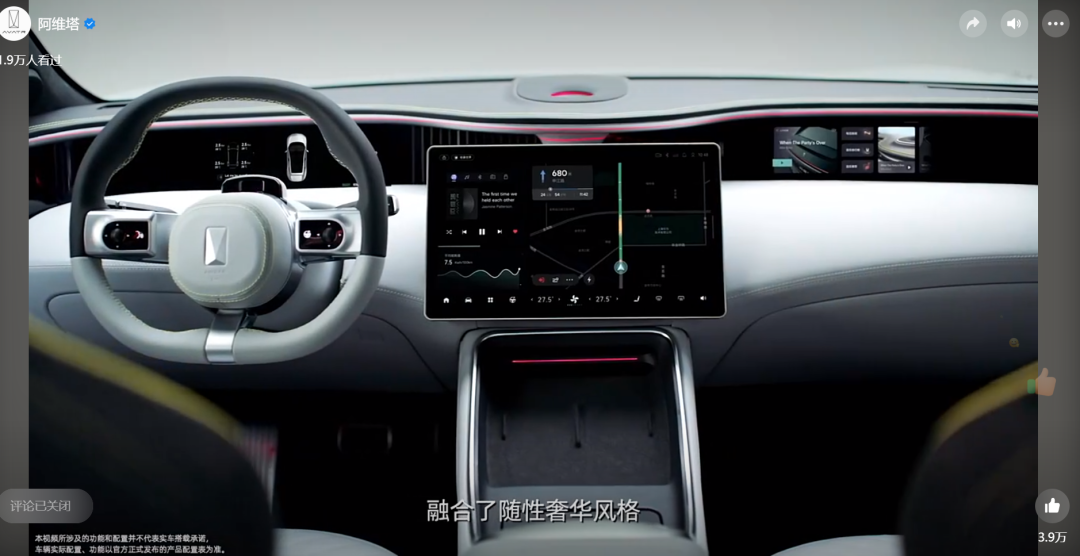
The Avita 11 actually has three missions.
First of all, it is the strongest representative of Changan Automotive’s intelligence, and whether Changan can stand firm in the smart car revolution will be answered by the Avita 11.
Second, it is a complete transformation to electrification. The Avita 11 is based on the CHN platform and has a completely forward-looking pure electric architecture, unlike the deep blue multi-energy platform.
Finally, it is Changan Automotive’s push into the high-end market, breaking away from the image of low-end cars with an average price of over 100,000 yuan.
The core key to all of this is intelligence.
On this point, Changan seems very practical and open-minded, embracing Huawei without reservation.
Changan sets the stage and Huawei takes the spotlight, how intelligent is the Avita 11?
Let’s first look at the official demonstration of intelligent driving from actual road tests.
The Avita 11 is equipped with Huawei’s full-stack intelligent automotive solution, which is standard across the entire product line.
It is likely to be Huawei’s debut and first on-road test of autonomous driving (if the HiPhi X Huawei edition is not delivered by the end of the year).
The official claim is that it has achieved intelligent driving capabilities in three domains: high-speed, urban, and parking.
First is the autonomous parking and summoning functions: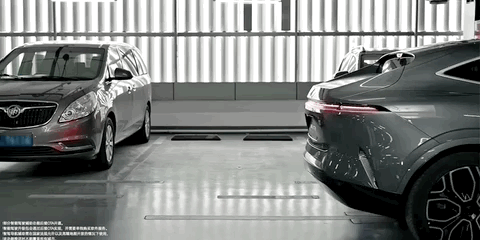
Under high-speed scenarios, Avita 11 can actively enter and exit the ramp according to navigation information:
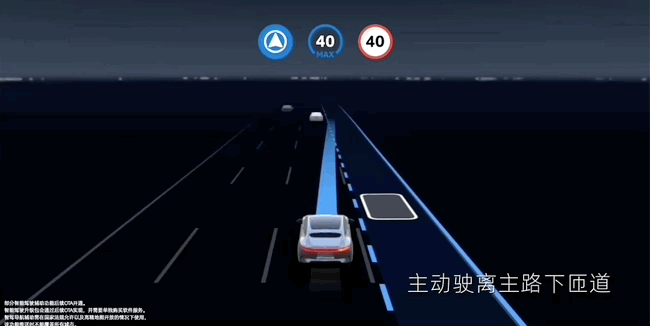
During the driving process, basic functions such as cruise control, lane keeping, and automatic following are available. However, different from the new forces in high-speed navigation, the Huawei intelligent driving system on the Avita 11 cannot autonomously judge the timing of lane changing:
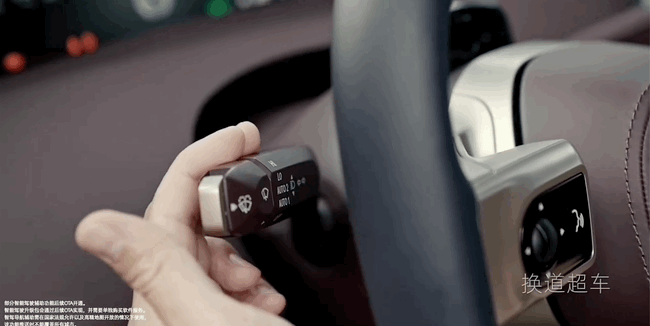
This means that if there are slow-moving vehicles or large vehicles ahead, the driver needs to manually turn the steering lever, and the system will only change lanes after confirming that the side lane situation allows.
In urban scenarios, Avita 11 can actively change lanes and overtake:

It can also actively avoid cutting-in and ghost vehicles:
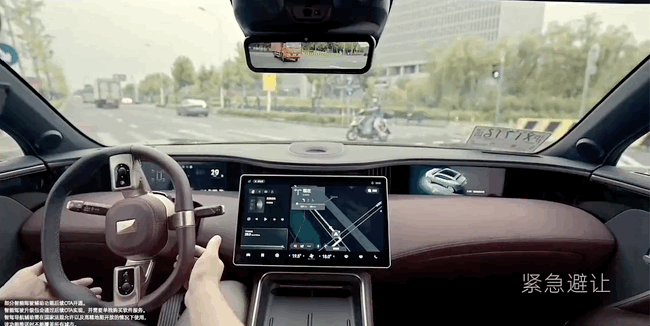
And achieve unprotected turns:
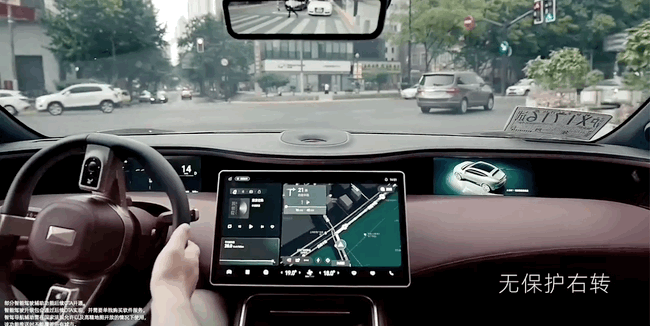
This system not only recognizes the status of traffic lights, but also reads the countdown based on visual signals:
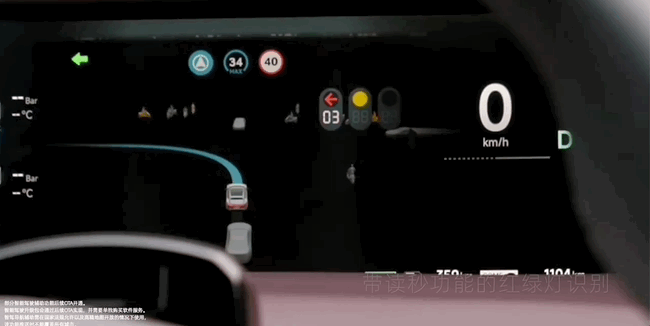
Why implement these functions?
This shows that the intelligent driving ability of Avita 11 was aimed at L3 or higher at the project development stage, not just for auxiliary functions.
From the abilities already demonstrated, it can be seen that the system is already connected to high-precision maps and has made breakthroughs in the fusion of sensor data.
In more straightforward terms, the urban navigation assistance functions accumulated and iterated over many years by new forces and various autonomous driving companies are also the main competition points of the industry race this year. Huawei has achieved the debut and delivery of these functions.
In addition, the vehicle includes three lidars, six millimeter-wave radars, 13 cameras, 12 ultrasonic radars, and intelligent driving hardware with 400 TOPS computing power, which serves as proof.
 Regarding the intelligent cockpit, the AVIOTA 11 is equipped with HarmonyOS cockpit and system.
Regarding the intelligent cockpit, the AVIOTA 11 is equipped with HarmonyOS cockpit and system.
The smoothness and convenience of human-computer interaction of this car machine cockpit have been practically verified and widely praised in Huawei’s M5 and M7, which are led by Huawei in the field of interface design.
The most important feature of this car machine is that it can be connected to Huawei’s smart devices such as smartbands, smartphones, notebooks and smart screens, and can seamlessly switch commonly used Apps between smartphones and cars.
In addition, AVIOTA 11’s electric drive system, electric control scheme, battery monitoring system, etc. are all provided by Huawei.
Apart from the battery, all the core and key components of this intelligent electric vehicle are provided by Huawei. Therefore, it is not an exaggeration to call it a “Huawei-branded” car.
However, it is worth noting that the AVIOTA brand is still in the hands of Changan Automobile, and Huawei has not invested in it. The design, production, and the intellectual property rights of the core CHN platform of the entire vehicle are still in the hands of Changan Automobile.
So Changan Automobile is always the mainstay of the AVIOTA brand. However, as the main partner and state-owned enterprise, Changan Automobile has shown extraordinary magnanimity and given Huawei a broad platform to exert their strength and contribution, and has even publicized Huawei several times, placing Huawei in the spotlight.
That is the current situation of the latest release of AVIOTA 11.
Starting from 350,000 yuan, and up to 600,000 yuan, buying an intelligent car with smart cockpit, smart driving, and three electric vehicles, all led by Huawei, do you think there is a market for it?
One more thing
Huawei’s “branded” car can no longer satisfy the users.
Recently, with more and more cars with Huawei’s involvement entering the market, e-commerce platforms have included retailing of Huawei car logos.
Whether you are called VIEDEA, QUESTION WORLD, or the soon-to-be-released AVIOTA, you can now attach a Huawei logo to it.
It is a significant contrast compared to the users of Sino-foreign joint venture brands who removed Chinese manufacturer logos.
Although Huawei has not personally made a car, at least not in the public domain, there are still users hoping to attach a true “Huawei car logo”.
- End –
This article is a translation by ChatGPT of a Chinese report from 42HOW. If you have any questions about it, please email bd@42how.com.
